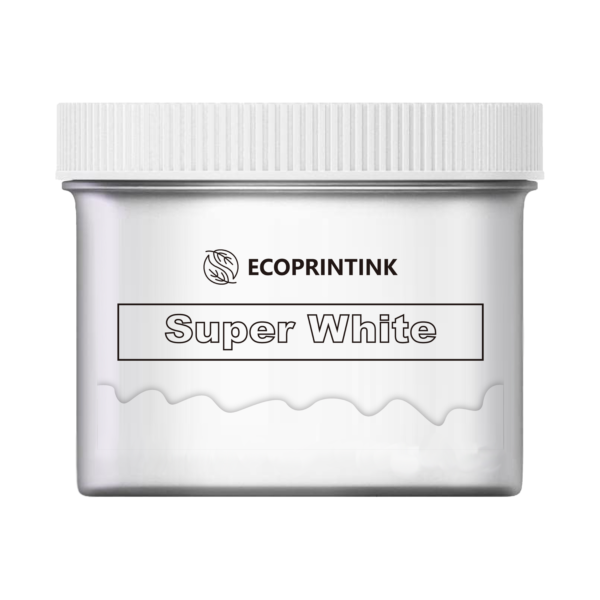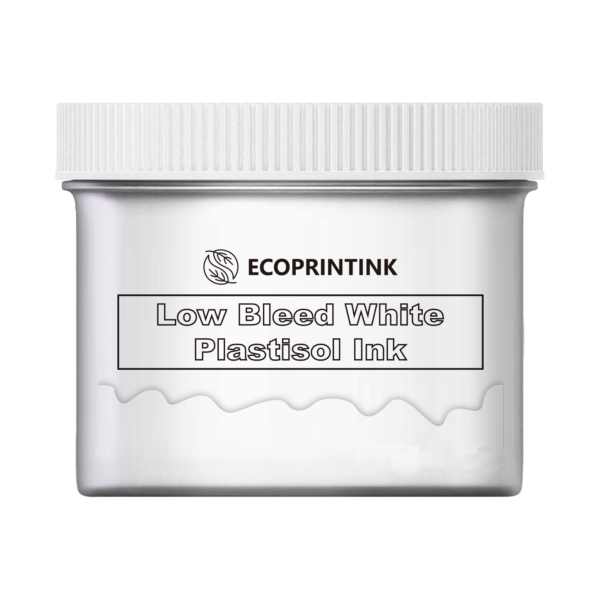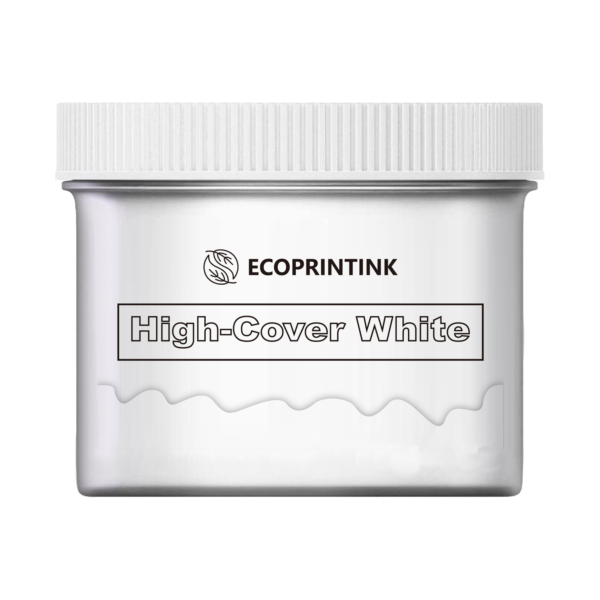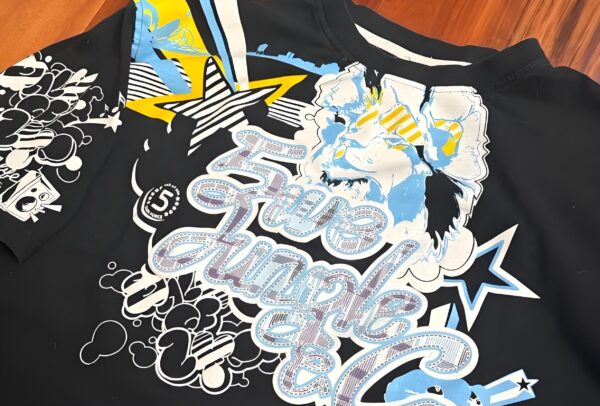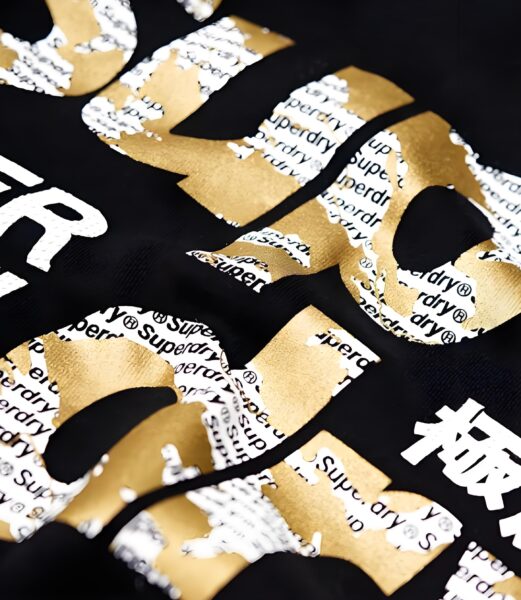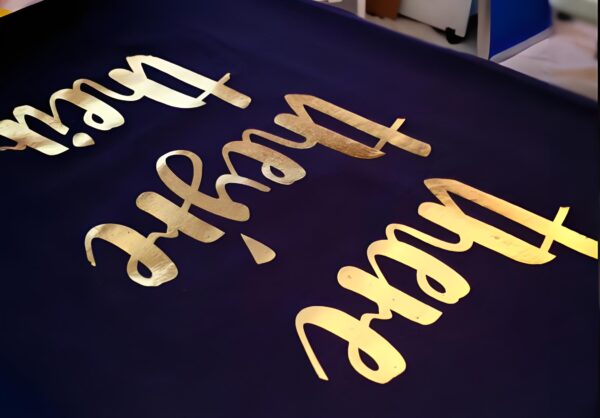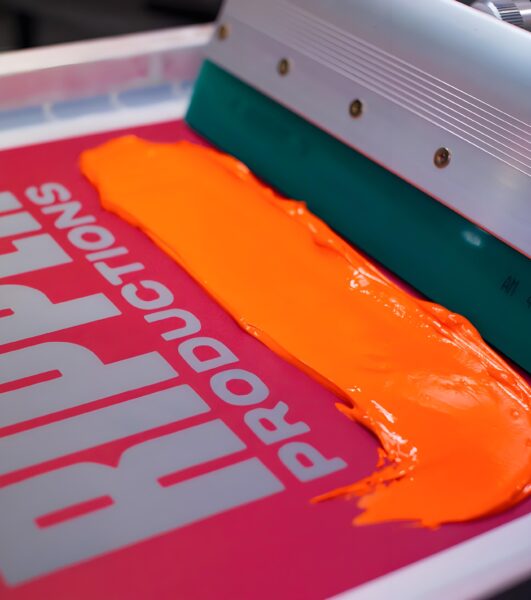Screen print era has elevated the arena of custom apparel, design, and branding to interesting new heights. Whether you’re a hobbyist, an entrepreneur aiming to start a display printing commercial enterprise, or just curious about how your preferred photo tees are made, learning approximately display printing device, presses, and techniques is a journey worth taking. This article walks you through everything associated with display printing machines, display printing presses, and the broader landscape of screen print innovation. Why examine on? By information the nuts and bolts of display screen printing—from conventional guide presses to contemporary automated screen printing—you can make smarter selections, enhance your prints, or even develop your business with confidence.
Table of Contents
1.What Is Screen Printing? Understanding the Basics of Screen Printing Machines
Screen print, every so often called screen-printing or silk screening, is a attempted-and-proper printing technique regarding a mesh display, ink, and a squeegee. The primary idea? You push ink thru a stencil (created on the screen) onto your garment or substrate. A display printer uses a display screen body, usually stretched with pleasant mesh (known as screen mesh), and a stencil that blocks off regions wherein you don’t need ink to skip via.
Screen printing’s reputation spans many years, and with exact purpose. It supplies colourful, long lasting prints—best for custom t-shirts, hoodies.osters, and just about anything flat that can fit on a pallet. The technique allows for striking, multi-color images and effects that last, making it a top choice for both artists and commercial printers.
2.Why Choose Screen Printing Machines for Your Garment and Branding Needs?
Screen print shines when it comes to versatility and durability. Need to print hundreds of garments with bold logos and fine detail? Screen printing reliably ensures sharp designs with strong color saturation, especially for large quantities. Unlike digital printing, which may fall short on dark fabrics or in bulk orders, screen print processes easily tackle multi-color jobs—thanks to separate screens for each color.
The screen print method is remarkably cost-effective for larger orders, making it the go-to for small businesses, sports teams, and event organizers. Moreover, the finished prints stand the test of time, resisting fading and cracking even after many washes, especially when you use the right ink and correctly cure each print.
3.How Does a Screen Printing Machines Work? Key Parts & Principles
At the heart of every professional screen print operation is the screen printing machine. This equipment can be as simple as a single-station manual screen printing press or as advanced as a fully automatic screen printing press with multiple print heads and computer-aided micro registration. But, all machines share key components: the screen frame, print stations (where screens are loaded), squeegee for spreading ink, and the pallet that holds your garment or substrate.
Whether manual or automatic, the fundamental process remains the same. The printer loads a screen coated with emulsion and a carefully prepared stencil. Ink is applied above the screen, then either hand-drawn (with a manual press) or pushed by an automated squeegee (on an automatic screen printing press) through open areas of the mesh and onto the garment below. This seamless coordination between press, screen, and print heads helps ensure clear and consistent screen print results, batch after batch.
4.Screen Printing Equipment Essentials: What Do You Really Need?

Starting in screen print doesn’t require a mountain of gear, but some essentials are non-negotiable. The core screen printing equipment list includes: a manual or automatic screen printing press, a drying device (known as a dryer or conveyor dryer), screens/frames with the appropriate screen mesh count, squeegees, quality ink (like water-based or plastisol), and, of course, your design stencils and emulsion. Don’t forget smaller items like tape, scoops, cleaners, and a proper work surface (printing table or pallet).
For those interested in professional or high-volume output, investing in a robust screen printing machine and reliable dryer is key. Automated features such as micro registration, multiple print heads, and adjustable print stations can vastly improve productivity, reduce errors, and open the door to complex multi-color prints and specialty effects.
5. Screen Printing Presses Explained: Manual vs. Automatic Press
The press is the beating heart of any display print operation. But how do you select among a manual press and an automated press? Manual presses, along with a conventional Riley Hopkins manual display printing press, are best for startups and innovative studios—low prematurely price, access-degree consumer-pleasant setup, and robust versatility for smaller runs. You use your very own muscle to sweep the squeegee and control each pass of ink onto the garment.
Automatic display screen printing presses, alternatively, take matters up a notch—they offer quicker speeds, greater regular results, and much less bodily fatigue. With a fully computerized model, you let the gadget handle the heavy lifting by automating the print stroke, screen registration, or even the curing cycle. If you’re aiming to grow your enterprise or cope with large orders, an automatic display printing press is frequently the last investment.
6.What’s the Difference Between Manual Screen Printing and Automatic Screen Printing?
Manual display screen printing is all approximately hands-on manage. You load every screen, manually align artwork, and use the squeegee to push ink via the stencil. It’s a tactile, enticing system—ideal for restricted runs, prototyping new ideas, or customizing the occasional garment. The guide press offers you complete authority however also needs constant attention to element and talent from the printer.
Automatic display printing modifications the game. Automatic display screen printing machines use automation to adjust everything from how tough the squeegee presses to how frequently pallets rotate beneath the print heads. Automation approach massive productiveness profits, extra repeatable consequences, and the potential to scale up your display print operation, specially as compared to manual setups.
7.How Do You Set Up a Screen Print Station? A Step-through-Step Printing Setup
Building a dependable screen printing setup approach extra than losing a press on a desk. Organize your space in order that every step—the display screen coating, drying, exposing, washing, inking, printing, curing, and final inspection—is green and easy. Place your display printing press on a degree floor, installation sturdy racks for drying displays and storing ink, and leave lots of room for your dryer and curing vicinity.
When arranging your print stations, ensure that each station has access to strength (for dryers and presses if automated), and preserve your display screen printing materials at hand. Always pay attention to ventilation if you’re operating with water-based or solvent-primarily based ink, and maintain your workspace smooth to avoid garment contamination and ensureprofessional results.
8. What Inks and Screen Printing Supplies Should Every Screen Printer Know?
Ink is the hero of the display in display screen print. The two most not unusual kinds are plastisol and water-primarily based ink. Plastisol is long lasting, vibrantly coloured, and forgiving for novices; water-based totally ink, alternatively, gives a gentle, green feel however calls for more precise curing. Quality stencils and well-organized emulsion are crucial—with out them, your screen print can turn into a blurry mess.
Beyond ink, don’t neglect different key display screen printing supplies: squeegees in unique sizes and hardness, screen mesh in diverse counts for best or formidable detail, and tape or blockout to seal off exposed edges on the screen. A screen printer’s arsenal grows as experience does—however always fee the basics, and buy the first-class you could find the money for for lasting, steady effects.
9.What Role Does the Dryer and Cure Play in Producing Durable Prints?
The dryer—be it a conveyor dryer or a easy warmness gun for access-level printers—is what guarantees your display screen print doesn’t wash away after one journey through the laundry. Properly curing ink requires carefully managed temperature and timing; too bloodless, and the ink gained’t bond, too warm, and you can scorch the garment. For plastisol ink, the remedy temperature normally lands round 320°F.
Modern dryers enhance the durability, look, and hand-sense of each garment. Fully computerized gadget may additionally integrate curing into the workflow, even as smaller stores may decide on a standalone dryer. Either manner, tracking the remedy method is as important as some other step inside the display screen printing technique.
10.Tips, Trends, and Brand Spotlights: From Riley Hopkins to Fully Automatic Machines
The display screen printing industry is always evolving. Trends now desire eco-friendly, water-based totally ink and formidable, multi-color work that pushes the limits of what a screen print can attain. Notable manufacturers like Riley Hopkins have described industry benchmarks with pretty flexible guide machines, while completely automated machines set new standards in velocity, automation, and print pleasant.
Many display screen printers begin small, gaining knowledge of manual display printing presses, earlier than upgrading to automatic display screen printing machines as their commercial enterprise scales. Thanks to advances in micro registration, laptop controls, and ergonomic design, today’s display screen print setup may be tailor-made to match every person—from a weekend hobbyist to a international print powerhouse.
Bullet Point Summary – Key Takeaways
- Screen print is a time-examined, reliable approach for tremendous custom garment printing.
- Every professional setup centers on a display printing device, with alternatives starting from a primary manual press to a excessive-potential automatic press.
- Screen printing device essentials: press, screen/body, ink, squeegee, dryer, applicable display printing supplies.
- Choose guide for low quantity or innovative control; move computerized to ramp up productivity and consistency.
- Each screen print calls for careful setup—from the printing setup and registration to the curing system.
- High-quality outcomes depend upon the proper ink, properly-maintained displays, specific stencil making, and effective cure.
- Modern developments include water-based totally inks, elevated automation, and present day technology from brands like Riley Hopkins.
- Don’t skimp to your dryer—it determines your print’s lasting energy.
- Start with stable fundamentals, then scale up your print heads, print stations, and automation as your screen print aims (and orders) develop.
- The world of screen print gives limitless possibilities—gaining knowledge of it let you grow your business or produce works of artwork that stand the take a look at of time.
Take the jump into the world of screen print—whether or not you’re choosing up your first squeegee or upgrading to a completely automatic system, there’s never been a better timeto invest in creativity, quality, and the endless potential of screen printing.



